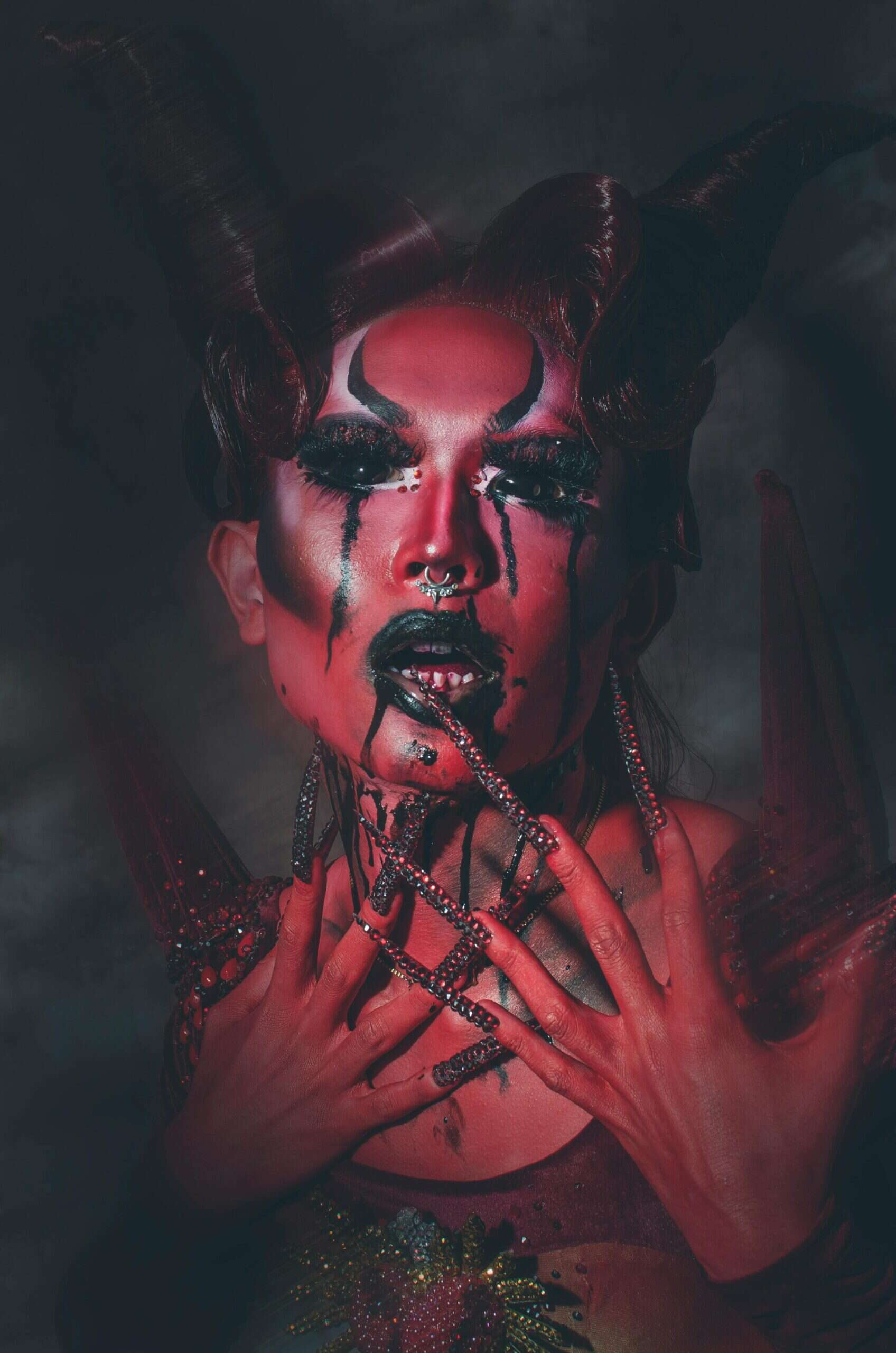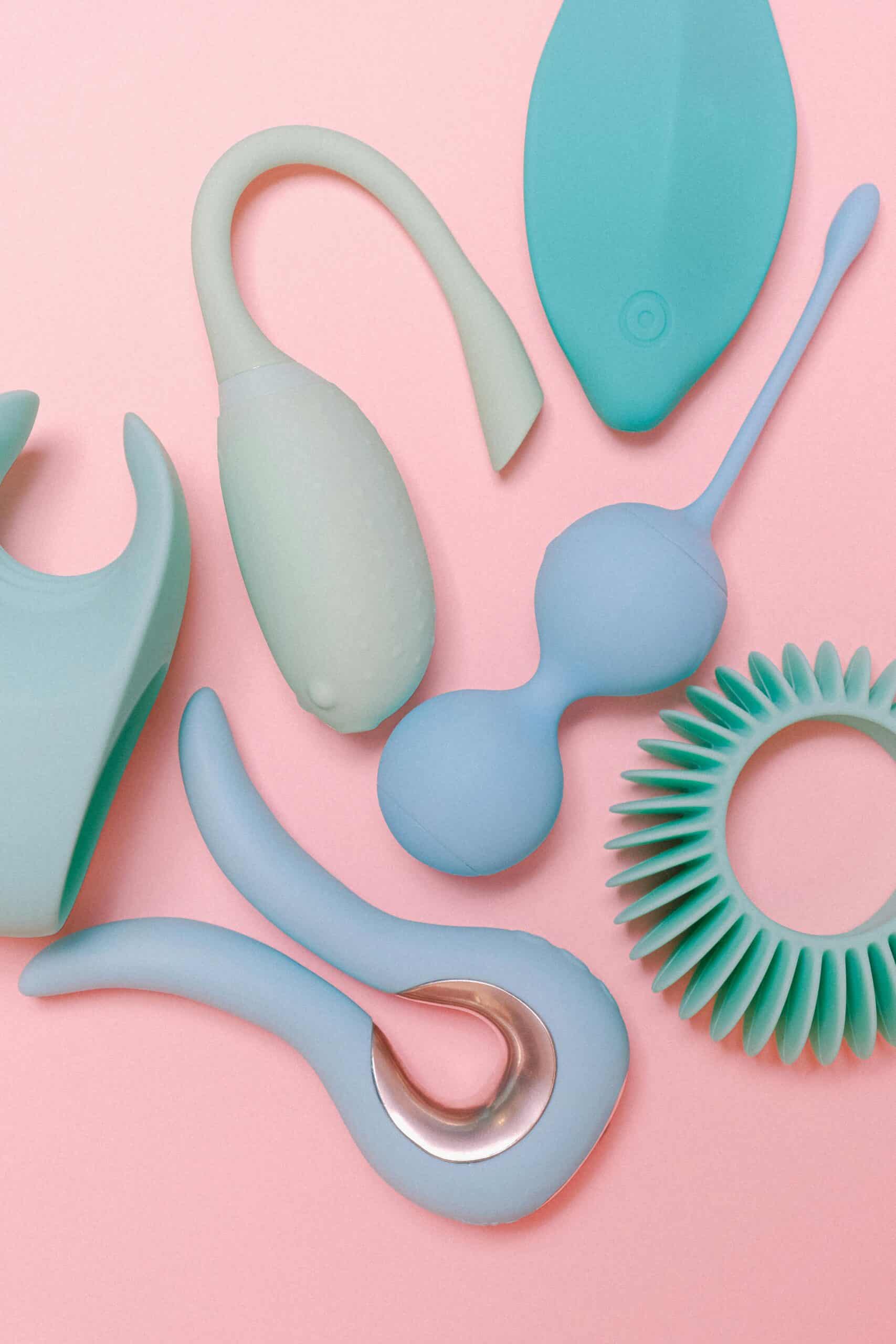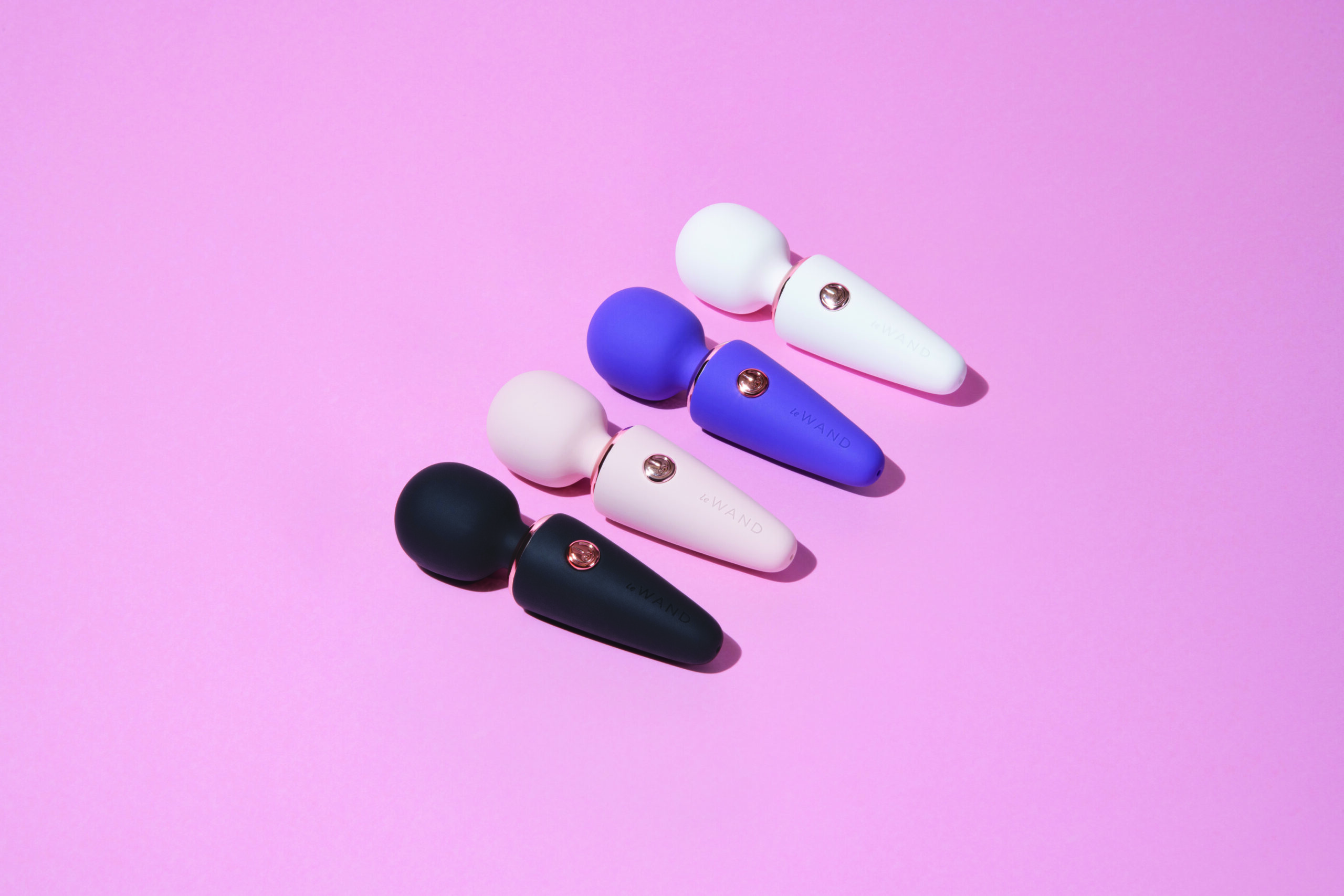Graphic design content on social media is about so much more than making things look pretty on a page. It’s a powerhouse tool – one that can transform a brand’s personality and identity, keeping it in the minds of consumers for years to come. On social media, aesthetics are everything. Whether it’s picking out the correct colour palette to nailing your layout, each small design choice tells a story and creates a stronger relationship with a brand’s audience – especially in specific industries like sexual wellness which face censorship online.
At Little Leaf Agency, our expert social media graphic designer team is absolutely crucial to the success of our clients. Using these pro tips below, we’ll explore the ways that graphic design positively impacts brands in the sexual wellness space, best practices for social media, and graphic design trends that will be shaping the years ahead.
Why is social media graphic design so important for maintaining brand tone, personality, and identity?
Is brand design under graphic design? Ultimately, yes – graphic design branding on social media is an essential building block and the backbone of any businesses. It’s a visual means of communication that conveys a brand’s messaging and values via colours, imagery, and typography. All of these factors should line up with the brand’s voice to create a cohesive aesthetic that makes a brand instantly recognizable (and memorable) in the eyes of consumers.
Being consistent is vital – a lack of consistency can appear scatterbrained and unprofessional. Staying visually consistent is a must because:
- Repetition
Using the same visual elements like colours, logos, and fonts can make a brand more recognizable and identifiable.
- It breaks non-stop scrolling
We live in a society where people scroll their feeds constantly, and the only thing that makes them stop for pause is a recognizable (and memorable) visual concept that stands out from the crowd.
- Consistent designs evoke an emotional response
When brands make thoughtful design choices that coincide with a brand’s values, it’s not only more inviting – it actively builds trust with an audience.
For brands operating in the sexual wellness space, working with Little Leaf graphic design experts ensures that taboo topics are converted into approachable, sensitive, and inclusive content.
What aspects do we consider when designing graphics for a sexual wellness brand on social media?
Social media is a tricky landscape to navigate for sexual wellness brands. With so many ever-changing censorship rules and guidelines, having a strategy for platform guidelines is key – especially when META is involved.
Censor explicit text and keep images clean. Using creative letter swaps like “s3x” or using emojis over certain words helps us dodge the algorithm flags. Creativity will get you major points on social media – for instance, we explore how multi-functional personal lubricant is as a massage oil or beauty product rather than solely a sexual wellness essential. We also turn sex toys into pop culture characters. All this will encourage engagement in a fun, visual way that ensures followers keep coming back for more.
The tone of voice used is also essential to consider with the sexual wellness industry, as these are sensitive topics that can be quite difficult for people to talk about. Ideally, a brand in this space should sound equally informative, friendly and approachable – educating an audience without coming off as pushy.
How do we communicate a brand’s objectives with graphic design?
To reach the goals of a sexual wellness brand, the Little Leaf social media graphic design team always considers:
- Messaging
- Visual aesthetic
- Target audience
The visuals should always come back to the core values of a brand and resonate with the preferences of a target audience – think of a profile as a store window that gives consumers a sneak peek into a brand. Going niche instead of broad is crucial. If we’re targeting a younger audience, we’ll err on the side of more playful yet bold graphic design styles and colors. For older audiences, we might opt for a more minimal, informative style.
Each design decision should supportive the brand’s overall narrative and be consistent with all other branding materials and channels so that objectives are communicated effectively.
What’s new in the world of graphic design?
Using AI-powered tools has become more common in graphic design. These tools help streamline and automate design processes, letting our graphic designers be even more efficient. Still, human creativity still comes out on top, and our team members are still extremely hands-on in the process. You can’t replace the experience of humans, which provides more accuracy, originality, and honed content that adheres to a brand’s tone of voice or style.
In the years ahead, we’ll also be seeing more dynamic and interactive elements. Motion graphics (think animated logos), clickable content, and interactive polls or quizzes will all engage users more effectively than the static content of the past.
Little Leaf’s Guide to Graphic Design Do’s and Don’ts
Tackling graphic design on your own can be intimidating, but our team of professional designers can ensure you adhere to our guidebook of do’s and don’ts.
Do’s
- We ensure consistency: We keep our design elements like colour, typography, and imagery consistent across all platforms to reinforce brand identity.
- We consider accessibility: This is a huge faux pas our team always sees on social media. We ensure enough contrast between text and backgrounds and are mindful of text sizes. This will improve readability for all users, including users with visual impairments.
- We use correct alignment: Proper alignment creates a professional, clean look and improves visual flow.
- We use visual hierarchy: Our specialists guide the viewer’s eye to the most important elements using size, colour, and placement.
Don’ts
- We don’t use too many different/inconsistent fonts: Using too many fonts can make a design look chaotic and unprofessional.
- We don’t neglect mobile optimisation: In most cases, a large majority of users will view content on mobile devices, so designs should be responsive and clear on smaller screens. Make sure to test it out on different screen sizes.
- We don’t overuse stock images: Using too much of this type of imagery can make the brand feel impersonal and less authentic.
- We don’t clutter our graphics: Avoid excessive elements that distract from the main message.
If you’re a brand looking to make your graphic design pop, our full-service agency can help with all your visual content, from social media to revamped logos.





